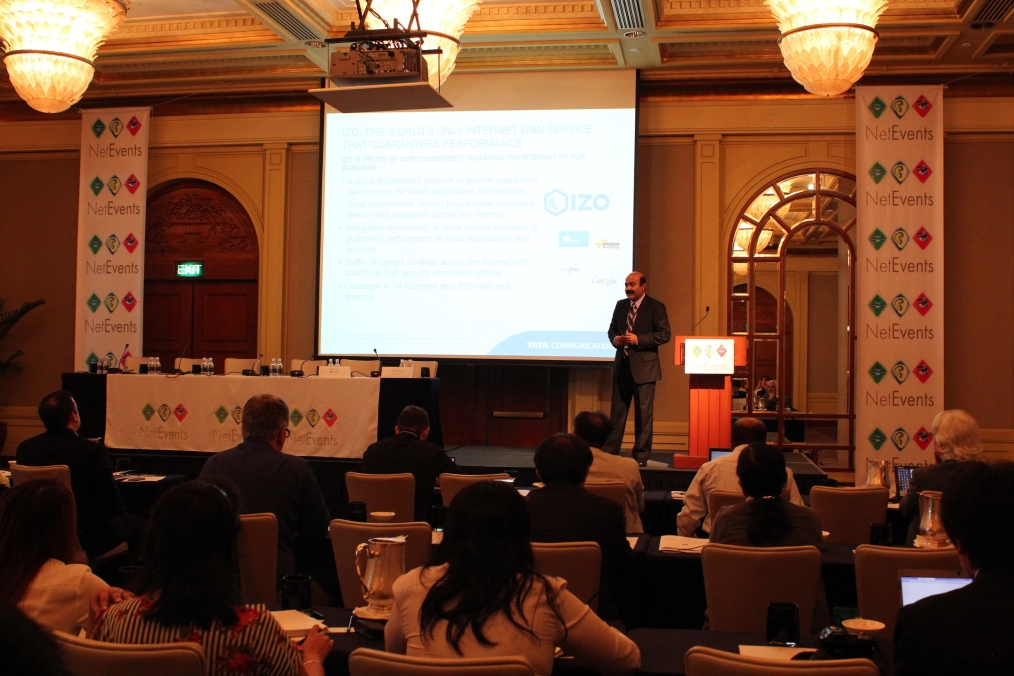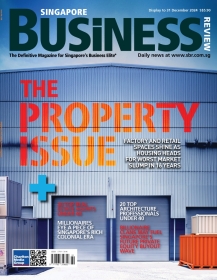
Get your head in the game: Testing challenges await the Internet of Things
Industry experts share their concerns over security and testing standards.
The so-called “Internet of Things” or IoT is taking the telecom sector by storm but at the NetEvents’ APAC Press and Providers VIP Summit 2015 held in Singapore last May, one of the discussions revolved around the question, “Are we there yet?” As the world moves towards everything connected to the Internet, experts debated on how prepared firms are to face the challenges that go with it. And most importantly, how much investments are they willing to put into it?
What is IoT and Internet of Everything?
To identify the challenges and potential threats, experts at the roundtable discussion clarified the definitions of two buzzwords in the sector - the IoT and the Internet of Everything (IoE). Nikhil Batra, research manager at Telecommunications IDC compared the IoT with a data centre which has a few server racks equipped with temperature sensors. He said that in an end-to-end scenario, these temperature sensors would be sending across information of the temperature of the server to a central control panel and typically, if a server guy monitoring sees one of the servers overheating, he would go and switch on probably a cooling system. Moving from end-to-end to IoT, the cooling system would switch it on by itself. Hence, IoT, he said, removes the human interaction part and brings analytic systems to manage technology and to take the intelligent actions.
On the other hand, Nikhil said that IoE brings together the people, processes, and data. As a result, this could potentially give more relevant information. In other words, the IoT and IoE build up an IoT ecosystem which involves intelligent applications requiring an analytic system to process unstructured data in real time to provide more meaningful inputs, explained Nikhil.
Derrick Loi, senior director at Orange Clouds for Business Services, Asia Pacific said that the IoT is not just about machine to machine but involves inter-relational processes and workflow. “It's not just about the machine exchanging information between each other. It's also about how it relates to the processes and the workflow of the enterprise and how they engage with the end devices as well as internally within the enterprise database,” he said.
Testing as part of the development effort in IoT
According to Nikhil, testing has always been a very critical part of the development effort and finding the bugs has always been a challenge even in standalone programs. But with IoT coming into the picture, discussions on security are taken to the next level.
Nikhil argued that while a lot of people claim that they understand security in IoT, a lot of hackers have proven otherwise. Security, he said, then presents a huge opportunity for professional services, vendors, and system integrators to provide these as packaged products to consumers. These products can be in the form of smart vehicles or smart health monitoring devices; smart traffic management or intelligent service system for governments; or smart manufacturing lanes or value chains or probably automation for enterprises.
Helen Wong, director, partner & product in Asia Pacific at Verizon thinks that from an IoT perspective, development efforts are quite different to what the carriers used to do on their network. She said that they now would go to the nth degree on certifying every bit of equipment before deploying out in the network.
She also pointed out that having testing standards is important these days. “We need to provide the environment the security. Therefore people want to have testing done to be able to come in and make sure it can work over the network,” she added.
Meanwhile, Derrick noted that while testing today is an element of security, it has not been well-addressed. “We all know that a lot of enterprises who are branching into IoT still have their legacy applications, legacy database and legacy infrastructure. Now, how that catches up and is securely connected to the devices that are just growing in volume, how the current workflow of those enterprises and how they get their business done internally, how that catches up with the very dynamic nature of transactions that we are seeing between devices, that aspect of testing has not been addressed,” he said.
Neil Holmquist, senior director, product marketing/management - Cloud & IP at Spirent Communications meanwhile said that one of the big challenges he sees is managing all the upgrades and software updates.
Neil also mentioned that with every device connected, he thinks that the next biggest area of concern sooner or later would be in the industrial and energy or utility companies, wherein there’s a lot of machine to machine communication.
“A lot of technology and a lot of testing has to go into that and to make that split second decision on what to do. That includes gathering all that information, communicating with other wearables and other devices. Everything is going to be connected and they're going to be talking to each other. You won't know it but your phone will be talking to cars to let you know the proximity of where you are from it,” said Neil.
Neil enumerated five challenges he sees in bringing the IoT to reality. First is maturity in operations which involves how firms would manage millions of devices and performance. Second is making sure their network stays reliable with all the new devices connecting. Next are scalability, reliability, and security. Security, he said would be the biggest concern as it boils down to safety, privacy and keeping the network up. In dealing with all these challenges, firms are also to consider profitability. “A network has to test but how much money do they really want to put into it?,” he asked.
“There's going to be a lot of different things people can switch to. So if they have a bad experience that can affect it or if I don't manage my costs correctly I won't be as profitable as my competitor,” he added.
With all the challenges coming through with the advent of the so-called IoT, experts conclude that the industry is still moving towards IoT. “We are not there yet”, they said. But, while a lot of smart things are happening and continuously developing, they believe that the best thing that we can say is that “we are in for a ride with IoT.”
Photos of Day 1 event here.
























 Advertise
Advertise






